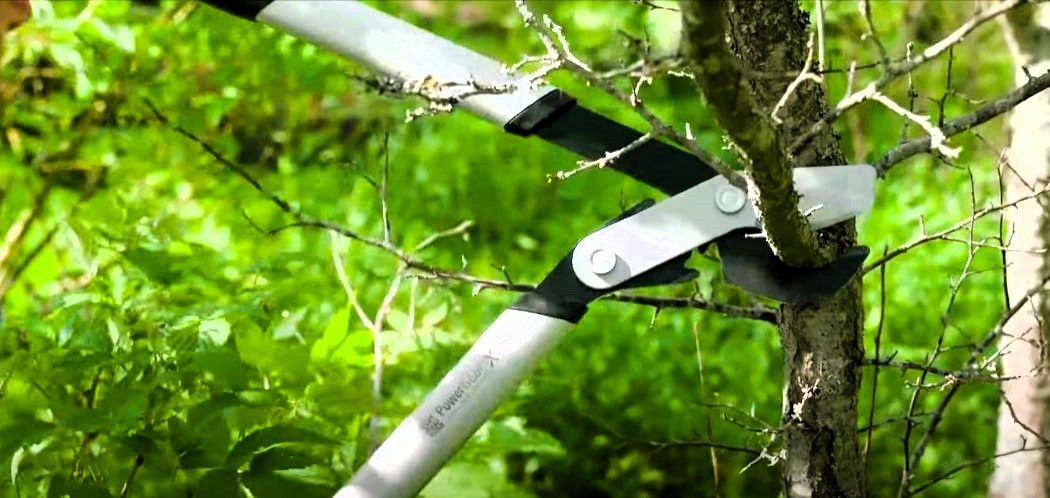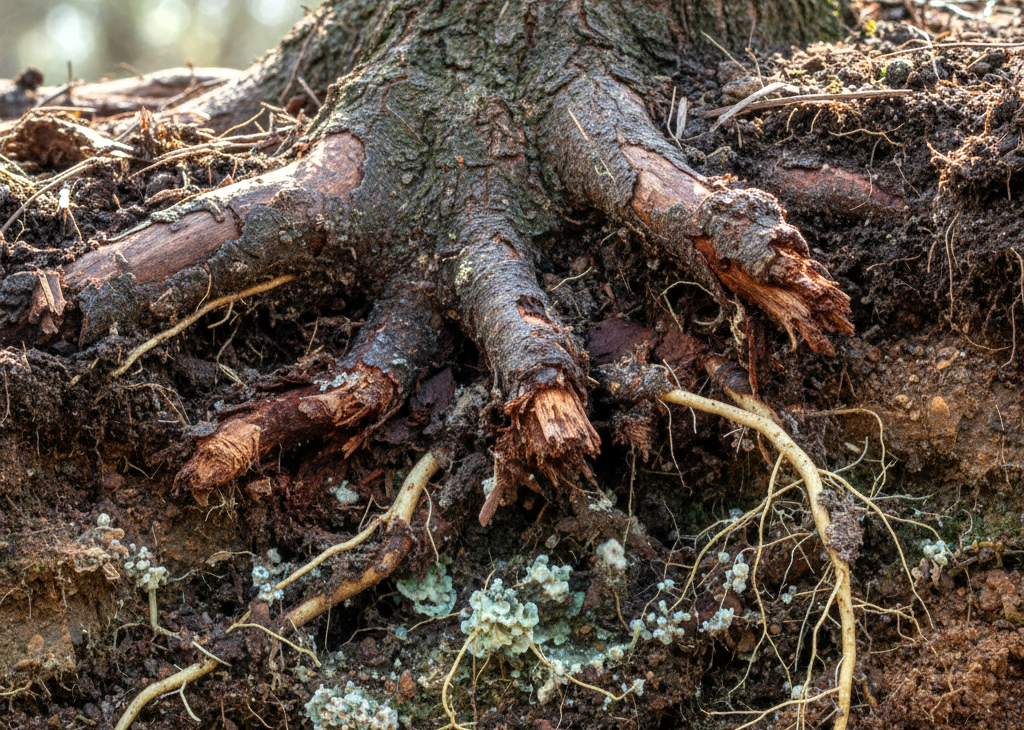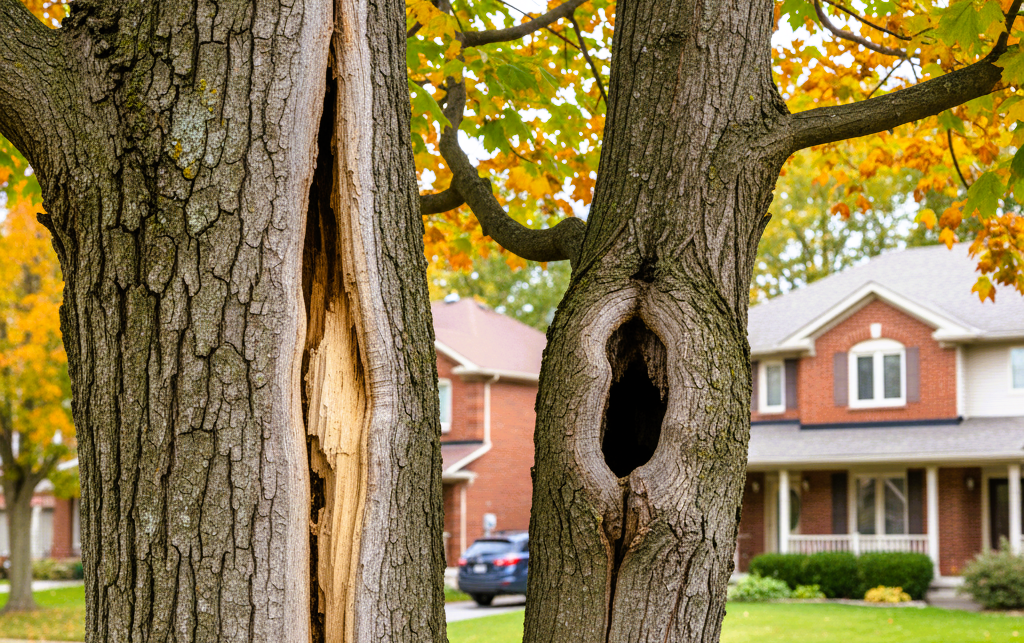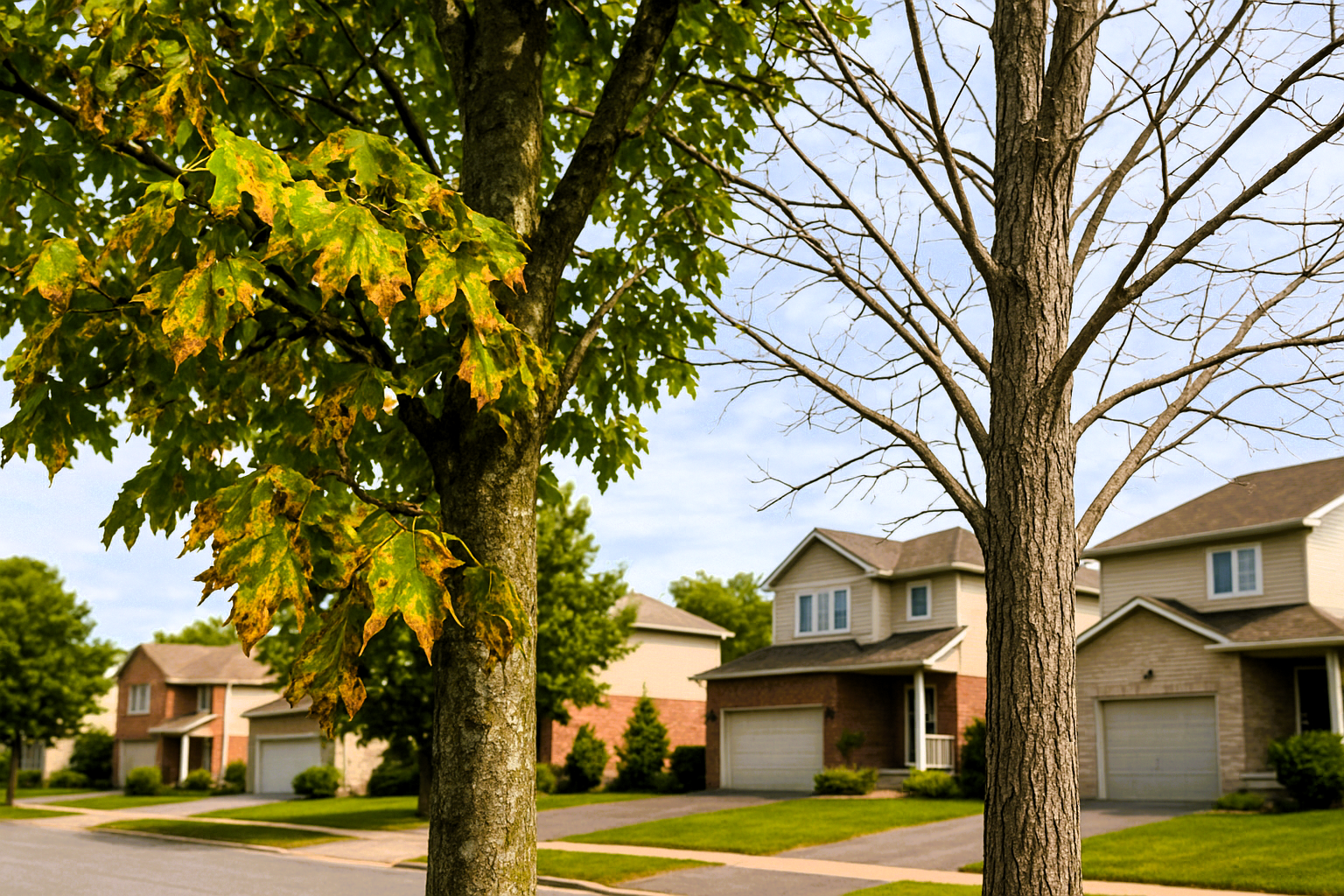What to Know About the Most Common Tree Pruning Tools
Use these tools for tree pruning to promote healthier and more vibrant trees!

Pruning trees is more than just a job – it's like a blend of art and science that really helps a tree stay healthy and look great. The way you cut and trim can seriously affect a tree's growth, its fruit yield, and even how long it sticks around. So, choosing the right tools is a big deal. Whether you're a pro tree hugger, a gardening fan, or just someone trying to keep your backyard trees in shape, knowing your tools is essential.
6 Common Tree Pruning Tools
Hand Pruner
The hand pruner, or secateurs as they're often called, is great for neat cuts on branches up to an inch thick. There are two main kinds: bypass and anvil. Bypass pruners are like scissors, with two sharp edges that slide past each other, perfect for snipping live plants and fresh wood. Anvil pruners have one sharp blade that hits a flat surface. They are awesome for chopping dead wood since they give you more power, though they might squish the stem a bit.
Lopper
When you have branches that are a bit bigger, up to two inches thick, you'll want to grab some loppers. They're pretty much like hand pruners but bigger, with two types available: bypass and anvil. Plus, they have long handles to give you the extra oomph you need to cut through those thicker branches. The handle length can change, too, so you can get more power or reach, depending on what you're after.
Pruning Saw
If you're dealing with branches that are about three to five inches thick, you're going to need a pruning saw. They come in all sorts of styles—straight, curved, you name it, even folding and bow saws—each with its own special use for different kinds of cuts and trees. When you've got some serious pruning to do, something that needs a bit more oomph than just your hand strength, that's when these saws become super handy.
Rope Saw
Rope saws are pretty cool with their long, chain-like blades that can cut through branches up to five inches thick. You can toss them over high branches or hook them onto a pole, so you can tackle pruning tasks from the ground or up in the air without even needing a ladder.
Chainsaw
When dealing with large branches over three inches thick, a chainsaw might be necessary. However, it's important to note that chainsaws are powerful and potentially dangerous tools, best left to experienced users.
Pole Pruner
Do you have some branches that are just out of reach? A pole pruner has your back. It comes with cool attachments like a saw and a lopper, so you can snip branches up to two inches thick right from the ground. It basically gives you super long arms, so you can stay safe on the ground without having to climb.
Maintaining Your Tree Pruning Tools
Proper maintenance of your pruning tools is not just about prolonging their lifespan, but also about making your job easier and more efficient. Regular sharpening of the blades ensures clean cuts that are beneficial for both trees and pruner. Establishing a routine of cleaning and disinfecting your tools helps prevent the spread of plant diseases. Remember, after each use, give your tools a thorough clean to remove sap and debris, dry them well to prevent rust, and apply lubricant to keep the moving parts in good condition.
When to Hire an Expert for Tree Pruning Services
While small-scale DIY tree pruning can be manageable, there are instances where the expertise of a professional arborist is necessary. This is particularly true for tall trees, those near power lines, or when specialized equipment is needed. Opting for professional services not only ensures safety but also promotes the health of your trees. Moreover, professionals can identify and address three health issues that may not be apparent to untrained eyes.
Maximize Tree Health and Growth: Expert Pruning Services
Mastering different
tree pruning tools can simplify your life and is crucial for keeping your trees healthy. Maintaining these tools ensures they're ready for use. However, for big or complex pruning tasks, consider hiring professionals. Need more clarification about DIY tree pruning? Kanata Tree Service Masters can help. Our skilled team ensures safe, efficient pruning with your trees' health as a priority.
Contact us to learn how we can help your green space flourish.


